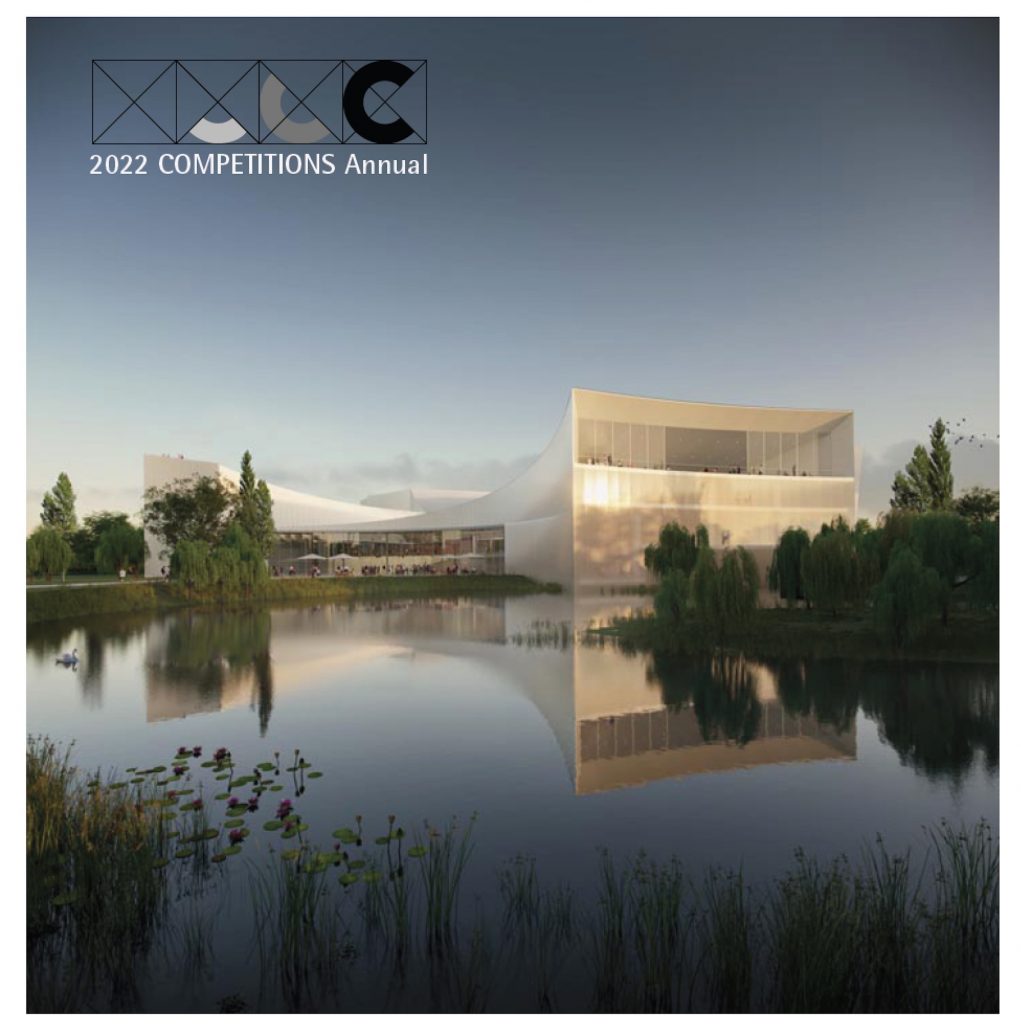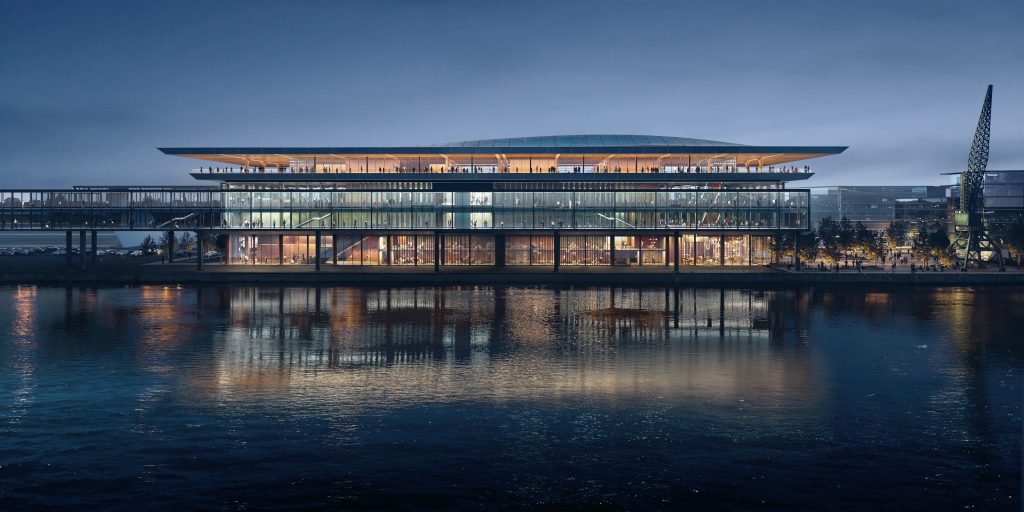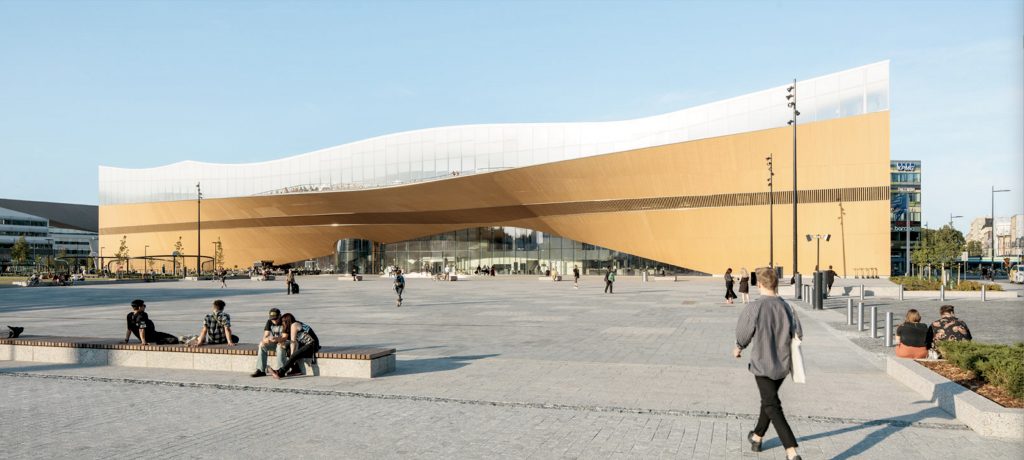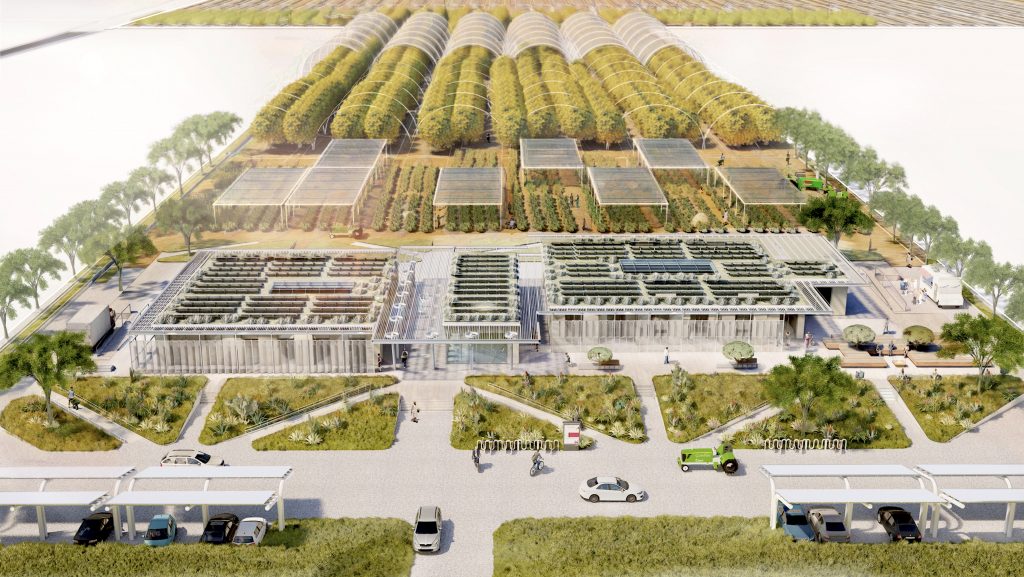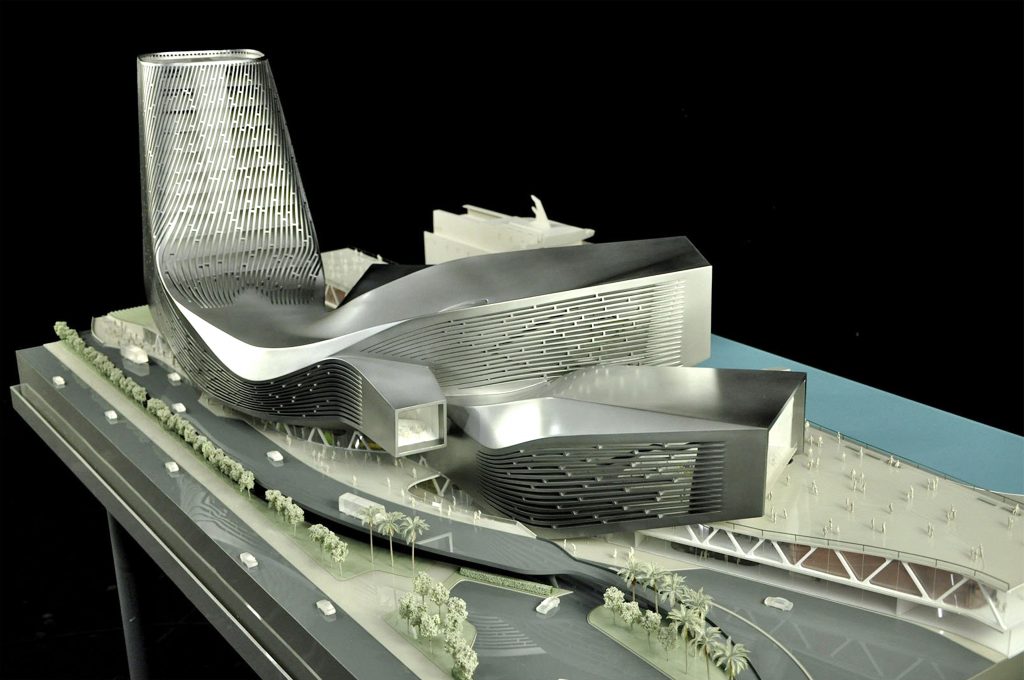COMPETITIONS: I assume you attended sessions during both stages of the competition, How long did they last?
Michael Sorkin: I think they were both a couple of days each. At the second session there were presentations by the teams, which were long enough. It was very professionally and equitably organized.
COMPETITIONS: Although the competition brief was only 29 pages, I thought it was one of the best documents of that type I have come across.
MS: It was very succinct and well done. I have been involved with the people who were engaged in the organization of the competition before, and there was a very high level of competence.
COMPETITIONS: As for the jury, was it about the right number?
MS: It was a very congenial group. There was no violence, but there was a good discussion. Everybody was looking for a good outcome, and we did end up picking one of the most visionary schemes submitted. I would say that in terms of the way that the projects progressed from the shortlist to the final presentation, these people (the winner) did an extraordinary job. Theirs was the scheme that was the most thoroughly mature in that process.
COMPETITIONS: Was the initial stage more focused on planning?
MS: It was a planning stage; but it was clear where they were going architecturally. It wasn’t just a site planning stage; there was a decided tectonic component.
COMPETITIONS: In other words, the new art museum component as a high-rise was already there?
MS: Their scheme did change from the first to the second stage with that tower; but the formal direction was clear from the first to the second stage.
COMPETITIONS: All the schemes saw it necessary to put the parking underground.
MS: Yes. And there were certainly planning issues having to do with the way you got across the water and back into the center of the town and the way in which the site adjoined a developing but not very attractive avenue to the west. There were low-density neighborhoods nearby; so there were plenty of important planning issues to engage.
It was also clear from the get-go that they were looking for something with strong symbolic resonance to put the town on the map, other than a beach and bar scene.
COMPETITIONS: But the city has grown very fast. It’s apparently the fastest growing city in Australia.
MS: You’re in the middle of nowhere, and there are now skyscrapers, where forty years ago it was a two-story beach town.
COMPETITIONS: Can you draw a comparison to other places, such as South Florida?
MS: There is a little bit of that southern California, south Florida sensibility. But this is Australia, and it’s pretty laid back. Also, I think there is a fair amount of Asian money coming in, which is driving the real estate market to a certain degree.
COMPETITIONS: And as for the competition itself?
What I would cite was the very professional organization—the succinctness of the brief, the congeniality of the jury, and the mayor was there—at least for the first round. The process was open, and we picked a scheme, as things go in the architectural world, that was reasonably out there. Everybody was delighted with it, and it was a good environment in which to make decisions.




























